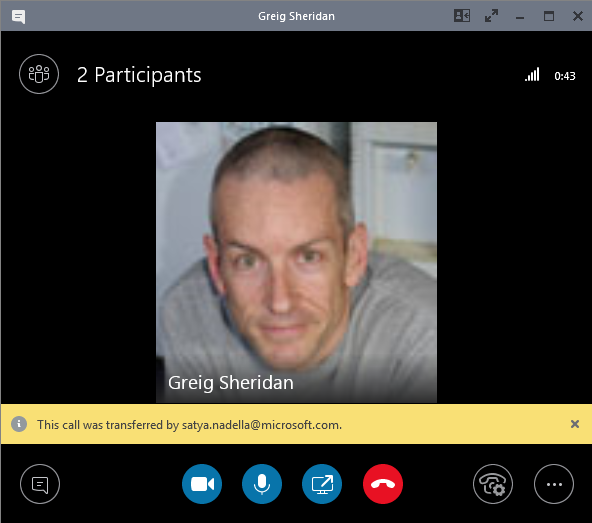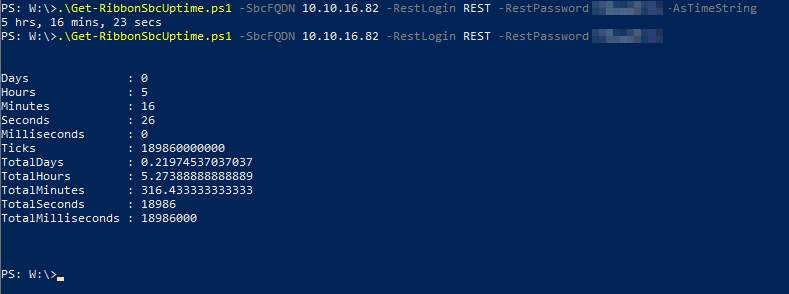I’ve spent a lot of time in the past 12 months working with the <verb>-CsUserData commandlets in SfB, and it’s been an interesting time.
This is part 3 in a series where I document the traps I’ve fallen into with the Import-CsUserData and Update-CsUserData commands in particular.
Part 1 – Update-CsUserData fails on bad data.
Part 2 – Your Front-End won’t start after Import-CsUserData imports bad data.
Part 3 – Update-CsUserData throws false red and runs slow if your paired pool is offline
Part 4 – You can’t trust Import-CsUserData to tell you if it fails.
Part 3 – Update-CsUserData throws false red and runs slow if your paired pool is offline
| TL;DR: If you have paired pools, Update-CsUserData will throw red – appearing to fail – and potentially take a LONG time to execute if your paired pool is offline / failed over. Even if it’s still responding, if that other PoolState is FailedOver, you’re in dangerous territory. |
Continue reading ‘Adventures with Import- and Update-CsUserData Pt.3’ »





